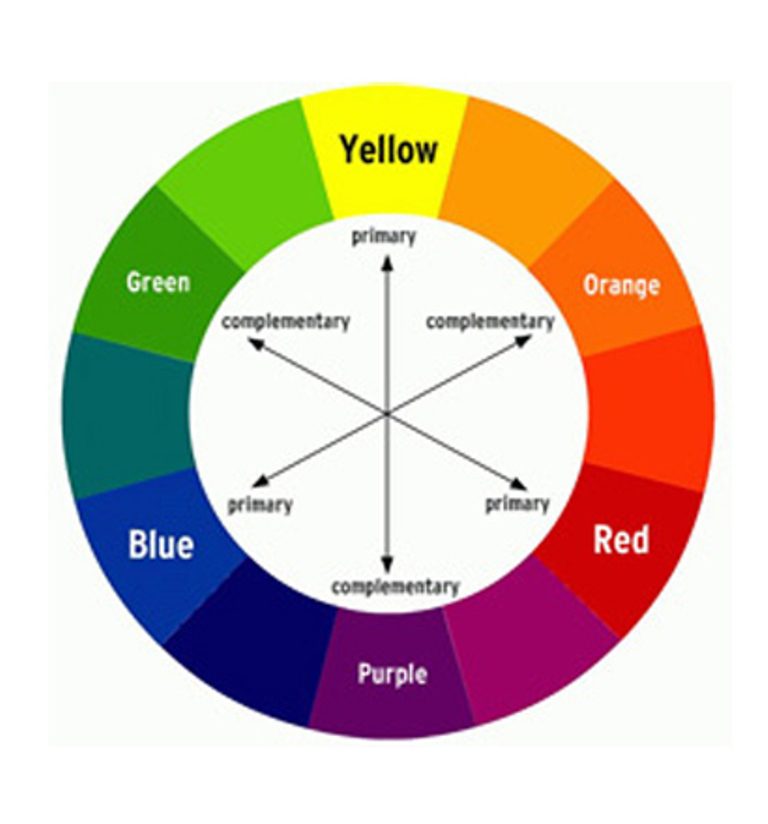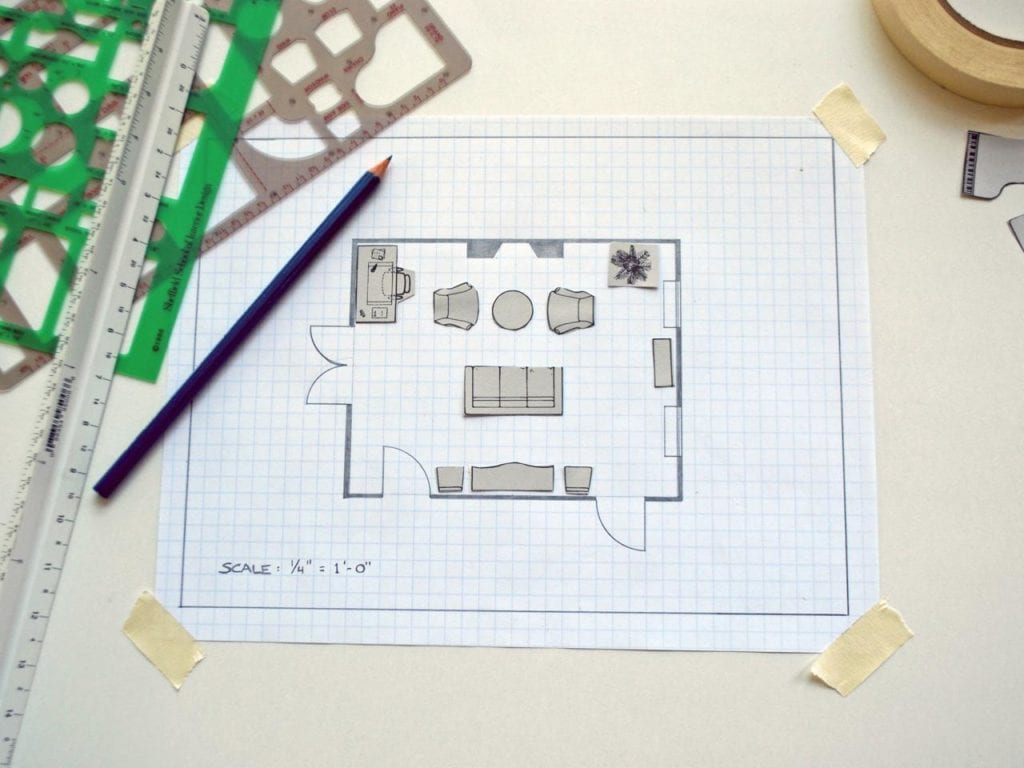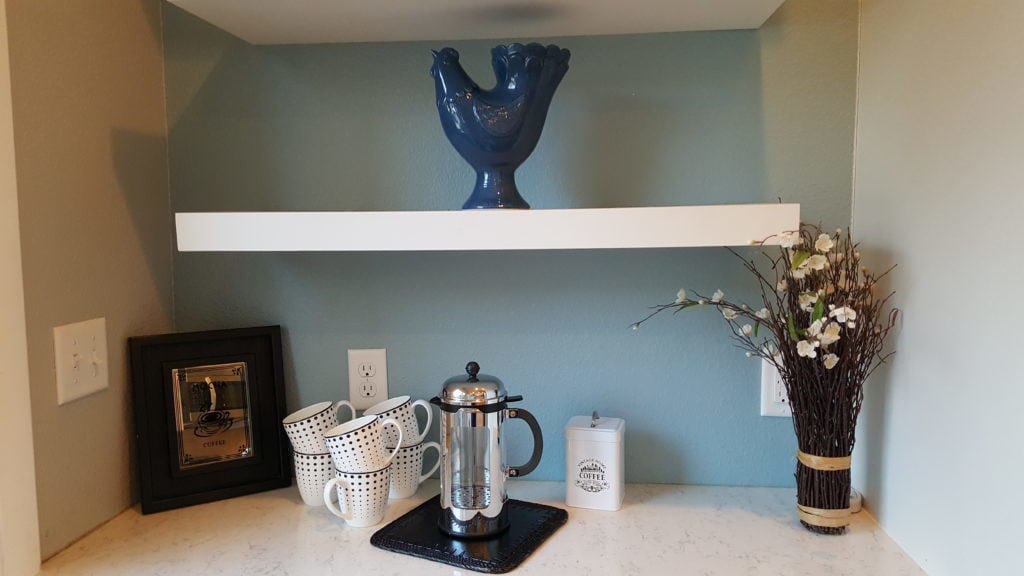Continuing Education
Each summer I teach a two-part class on Staging Your Home to Sell at Madison College, a community technical college. Summer classes are usually more informal and since they don’t last as long as classes during the regular fall and spring semesters, are geared to a small number of people wanting information without having to spend lots of time.
Over the many years of home staging, I have found people are in need of basic knowledge about:
- Color
- Furniture Layout
- Size and Scale
- Accessories

Color and Paint
Color is a personal choice that influences your mood or perception of a room. When selling your home, you should stick with neutral colors–notice the word “color.” Some people think a neutral is white. A lot of colors have a neutral tint or undertone. Lately, a light gray, green, or yellow are used as neutrals.
The most important point about choosing wall paint is to consider the contrasting trim. For example, if you are painting the kitchen cabinets a creamy white, use that same color for the trim. If it is a small kitchen, paint the cabinets and the wall color the same. If you have a chair rail, paint the chair rail and the wall underneath the chair rail in the same color and finish. Gone are the days when the wall below the chair rail was painted an accent color. If you paint the walls a warm tone, use an off-white trim color. If you paint the walls a cool tone, use a white trim color.

Furniture Layout
Find the focal point of the room or create a focal point. The focal point is usually a fixed feature such as a fireplace, an armoire, an expanse of windows, or a conversation area. Then orient the sofa so that it doesn’t impede the view of that focal point. Arranging furniture in a conversational group ensures the furniture is not against the walls. It is a mistake to orient the furniture around the TV except if in a media room. Make sure the room is balanced so that not all the heavy furniture is on one side. Use an area rug to define the seating arrangement. In larger rooms, you may need to group furniture into two distinct seating areas.

Size and Scale
I gave students graph paper (1/4″=1′) and asked them to draw how their main living area looked right now. In most cases, the size and scale were off. Some drew too large furniture, some drew too small furniture. When shopping for new furniture, take your measurements and a drawing or photo into the furniture store with you. Your apartment or small bungalow cannot accommodate the showroom furniture. However, the salesperson is more than happy to look at your measurements and find something appropriate.

Home Accessories
Accessories can make or break a room. Adding too many personal accessories defeats the purpose of someone wanting to purchase your home. Whereas, adding just enough “neutral” accessories allows a prospective buyer to visualize themselves in the home. Choose colorful pillows on the sofa and chairs. Use books as accessories on side tables. Perhaps an area rug can tie different colors together to make them cohesive.
Set fluffy towels in the master bathroom. Make sure the laundry room is bright and cheerful. A coffee bar is almost always a welcomed sight. Make emotional connections,
Summary
Every summer I so enjoy imparting my knowledge upon those wishing to sell their home. It is a journey to go from their personal home to a house to sell, but they’ll get there with lots of encouragement. Call Premiere Home Stagers at 608-345-9396 for your consultation.
